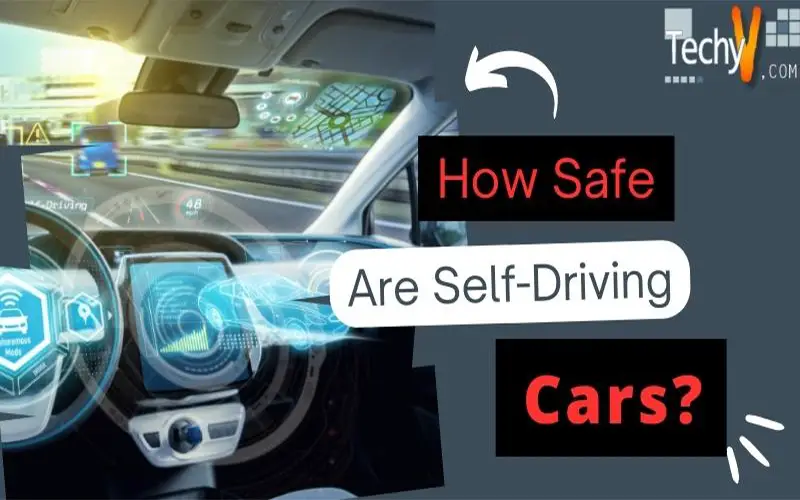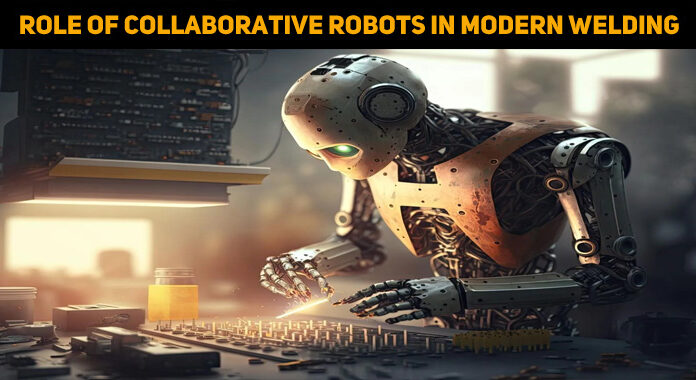Self-using motors, loosely called self-using vehicles, additionally referred to as computerized motors, are a top-of-thoughts subject matter for lots of industries. At least forty-six businesses are already running on a few shapes of self-reliant cars, and they’re turning into an inevitable part of our destiny. Yet, the research, improvement, and statistics to help the protection of autonomy remain in early tiers, and purchaser sentiment is divided.
When Is A Car Self-Reliant?
Completely self-reliant motors for each client and business fleet, as described through the Society of Automotive Engineers (SAE), are nevertheless a few manners off, however many automakers of these days’ new vehicles and vehicles are already the use of semi-self reliant using era. Such automakers consist of Ford, Toyota, Waymo, and Tesla. Here are the 5 tiers of car autonomy:

Level 1 Automation: Cars have a few motive force help structures which include cruise management, acceleration, and lane changes.
Level 2 Automation: Advanced cruise management or autopilot structures that permit the automobile to take protection moves like emergency braking. The motive force wishes to live alert on the guidance wheel.
Level 3 Automation: Still calls for a human motive force, however, the automobile is capable of carrying out a few “protection-crucial functions” in positive conditions. The handoff of manage of the car among humans and automatic using gadgets poses a massive risk.
Level 4 Automation: An automobile that could force itself nearly all of the time with none enters from a motive force however is probably programmed now no longer to force in unmapped regions or for the duration of excessive weather.
Level 5 Automation: Fully automated in every condition.
Benefits of Automation
1. SAFETY
The protection advantages of computerized motors are paramount. Automated motors’ capability to store lives and decrease accidents are rooted in a single crucial and tragic fact: 94% of significant crashes are because of human blunders. Automated motors can cast off human blunders from the crash equation, as a way to assist guard drivers and passengers, in addition to bicyclists and pedestrians. When you recollect extra than 35,000 human beings die in motor car-associated crashes withinside the United States every year, you start to draw close to the lifesaving advantages of motive force help technology.

2. ECONOMIC AND SOCIETAL BENEFITS
Automated motors should supply extra monetary and further societal advantages. An NHTSA look at confirmed motor car crashes in 2010 cost $242 billion in monetary activity, including $57.6 billion in misplaced place of work productivity, and $594 billion because of lack of existence and reduced great of existence because of accidents. Eliminating the giant majority of motor car crashes should erase those prices.
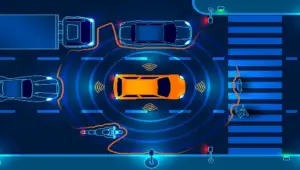
3. EFFICIENCY AND CONVENIENCE
Roads full of computerized motors can also cooperate to clean visitors’ waft and decrease visitor’s congestion. Americans spent a predicted 6. nine billion hours in visitors delays in 2014, slicing into time at paintings or with family, growing gasoline prices, and car emission. With computerized motors, the money and time spent commuting will be placed to higher use. A look at said that computerized motors should loosen up as plenty as 50 mins every day that had formerly been devoted to using.
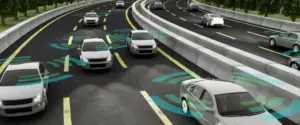
4. MOBILITY
While its complete societal advantages are tough to project, the transformative capability of computerized motors and their motive force help functions also can be understood through reviewing U.S. demographics and the groups those technology should assist to help.
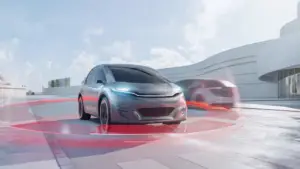
How will I recognize computerized vehicle is secure?
Vehicles are examined through the organizations that construct them. Companies ought to observe Federal Motor Vehicle Safety Standards and certify that their car is freed from protection risks. Many organizations these days are trying out superior computerized motors to make certain that they perform as intended, however, a remarkable deal of labor stays to be finished to make certain their secure operation earlier than they’re made publicly to be had.

Risks we need to count on from the upward thrust of self-using vehicles:
1. Road Accidents
Self-using vehicles ought to perform on current highways, roadways, and metropolis streets. Our current infrastructure has now no longer been optimized for the usage of self-reliant motors and May, therefore, motive accidents. Self-using vehicles might not be capable of navigating thru heavy rain or snowfall that might cover or distort the painted strains on roads and highways. This could make self-reliant navigation structures, if now no longer useless, at least, erratic.
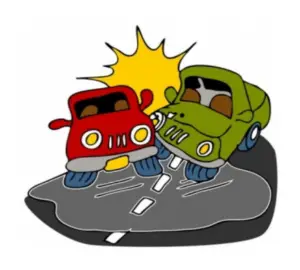
2. Vehicle Hacking and Malfunctions
Self-using vehicles may be hacked simply as another computing device. Any professional hacker should quickly parent out a manner to take manage of a car’s guidance or acceleration. This can compromise the protection of the riders in lots of ways. There is likewise an opportunity for terror assaults in which the terrorist should benefit manage of a self-reliant car and using it as a weapon.

3. Increased Exposure to Radiation
Self-using vehicles can grow your publicity to electromagnetic subject radiation. You can get uncovered from the GPS guidance, GPS monitoring tools, far-off controls, powered accessories, radio and track structures, Bluetooth, Wi-Fi connectivity, etc. which might be inherently found in a self-reliant car.
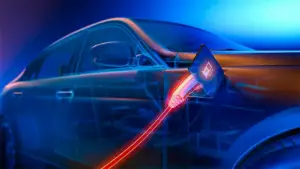
When will we use self-driven cars?
Automated or “self-using” motors are a destiny era as opposed to one which you’ll locate in a dealership the following day or withinside the following couple of years. A sort of technological hurdles ought to be cleared, and different critical problems ought to be addressed earlier than those varieties of motors may be to be had on the market inside the United States. The Department of Transportation is devoted to helping the innovators who’re growing those varieties of motors to make certain their secure trying out and deployment earlier than they’re to be had to clients.



